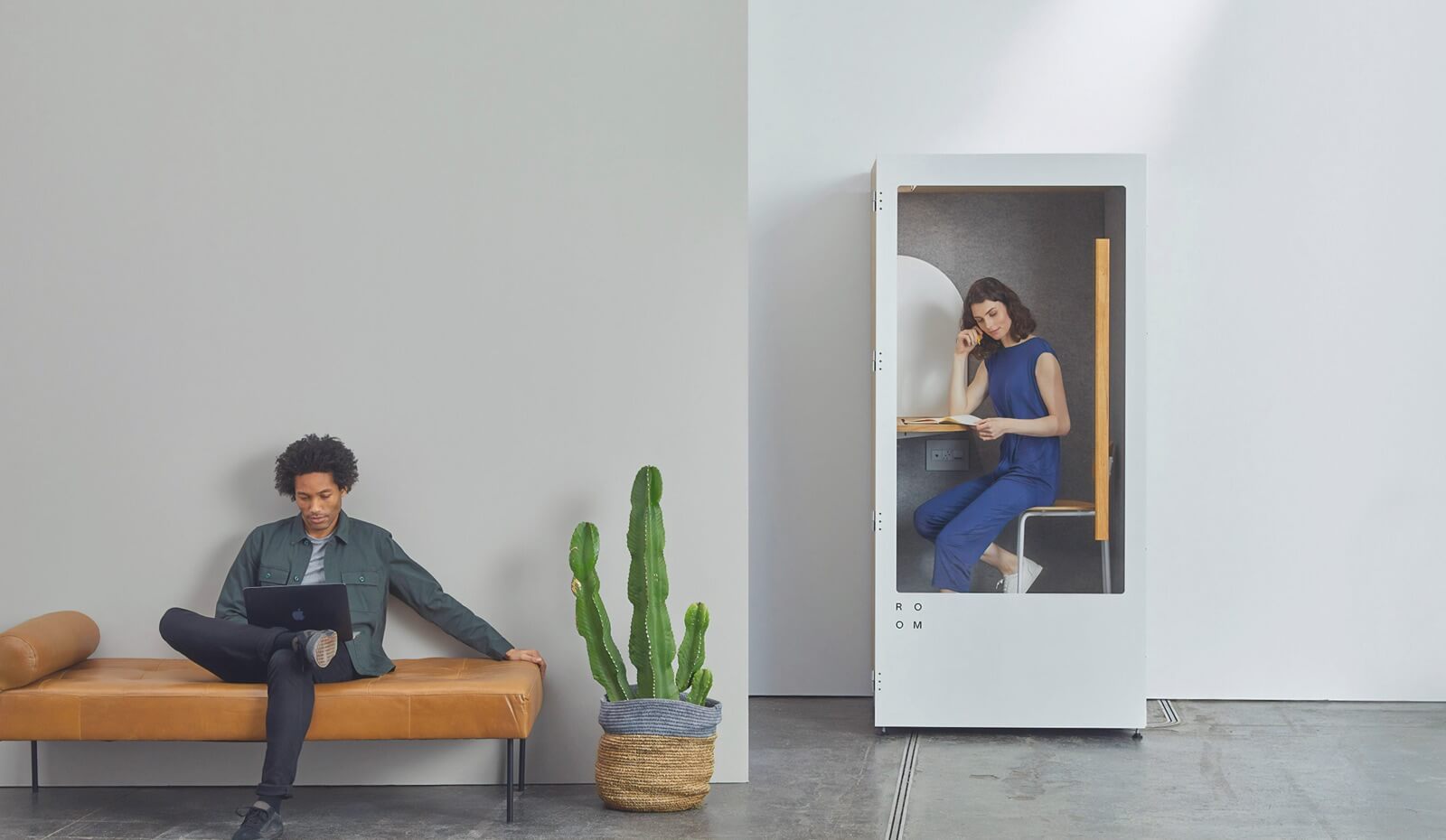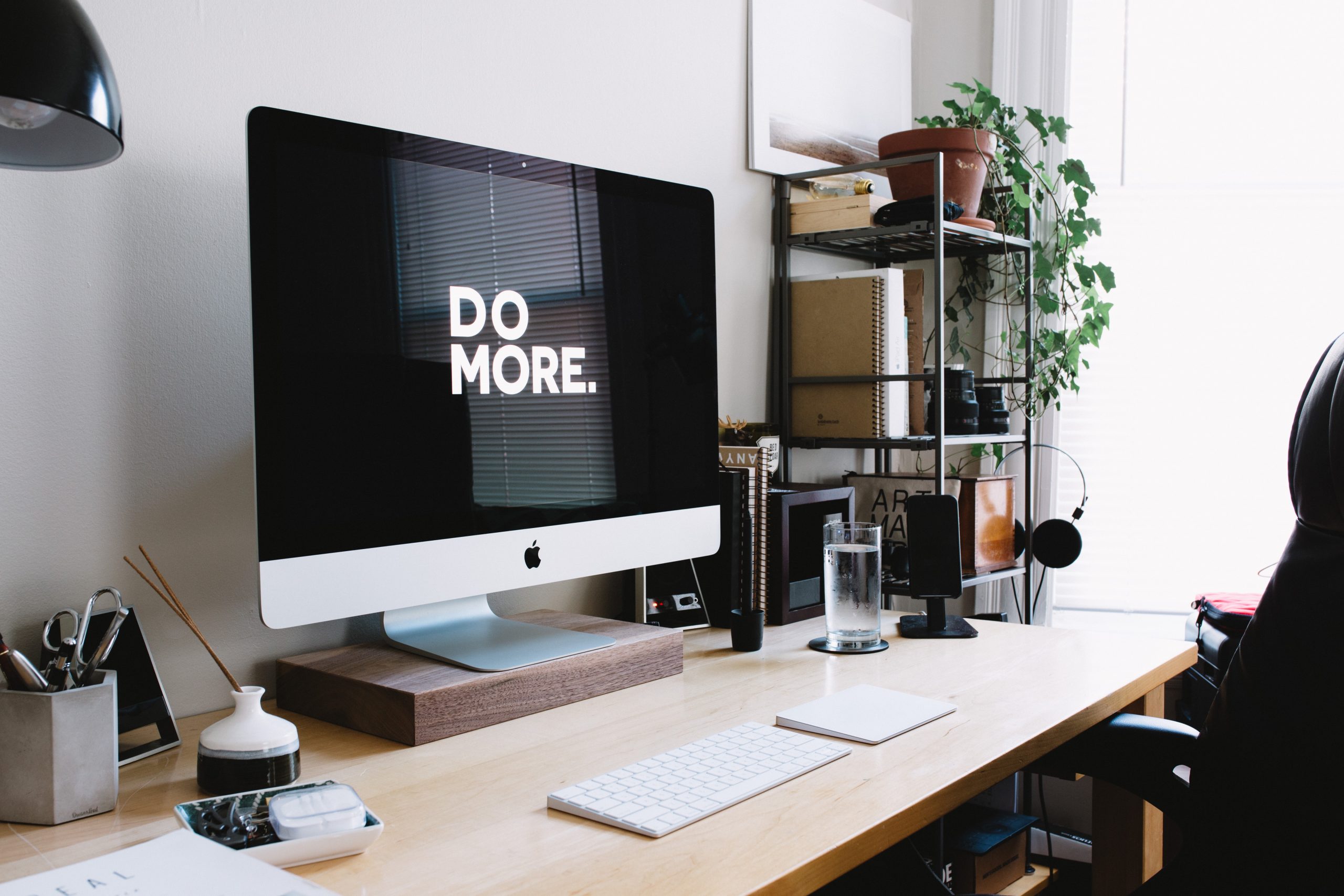Graphic design is an integral part of your brand image. Not only does it account for your overall brand aesthetic, but it’s a key component of your marketing strategy, story-telling and overall brand identity. Humans are highly visual creatures, so graphic design is vital to help your brand achieve the recognition it deserves and gives you the edge to stand out above your competitors.
Whether it’s a memorable logo, professional website theme or engaging social media post – these all can help build a following that will drive organic traffic to your business, increasing both your sales and conversion rates. If it’s not already apparent, investing your time and energy into design elements of your business is essential, especially now with the rapidly growing number of emerging businesses that are all aggressively competing for the same spotlight.
Below we share some tips to on how you can best use graphic design and work this into your marketing plan to help grow and establish your business from the ground up.
1) Understand your Brand’s Message
Before you go to the drawing board, you need to think about what message it is you’re trying to portray to your potential viewers.
One of the best ways to build engagement is by making your brand feel personable – can your target audience relate to your brand? Humanising your brand and evoking some kind of emotion will get a conversation going, encouraging more engagement which will bring in more visitors.
Another thing to keep in mind is to keep your branding simple and easy to understand. Your customer base should easily be able to tell what kind of product or service it is you’re selling from the logo, the website and your content just from a glance. You want to be adding value as opposed to bombarding them with useless information.
2) Use Eye-Catching Designs
Graphic design is everywhere – from your logo to your Instagram profile or your website. It all needs to be captivating and intriguing enough to draw attention from potential customers. When approaching anything design related, you need to think about a few key graphic design elements and principles : is it eye-catching, does it persuade customers to buy from your business, does it resonate with the theme of your brand, how does it make someone feel?
When creating graphic designs, experiment with:
▪ Colours, Tones, Textures
▪ Shapes
▪ Font Styles, Font Sizes, Word Placements
▪ Images
▪ Icons
▪ Word Choice, Slogans, Titles
Above all, always take size into consideration. The font size or image size to go on a leaflet or business card will likely be different to the size they look best on a website for example. As a result, it’s always best practise to export your logos or images in the highest resolution available so you can use the same file across all your promotional materials over and over.
3) Invest in a Good Design Software
If you’re just starting up and are looking to work under a budget, online design tools like Canva make designs simple and intuitive to create with its drag and drop functionality so you can design your own logo, business card or flyer entirely on your own terms. Figure out what features it is you require for your designs and compare subscription quotes – most design tools will offer a range of subscription services, with more advanced features charged at a premium.
If graphic design isn’t one of your strong points, experienced graphic designers can work with you to create designs completely to your specifications. From file format, colour, word placement or icon, designers will follow your brief as closely as possible, or even suggest ways to make the design appear more vibrant. Design software like Adobe Illustrator, Affinity Designer and Adobe Photoshop are common amongst industry experts and have a large number of features for seamless editing.
4) Design Consistency is Key
No-one likes inconsistency – and your viewers will definitely agree. Using different fonts, contrasting colours and backgrounds that look out of place can deter any potential customers and make your brand look unorganised and unprofessional.
When trying to build recognition for your brand, it’s important to keep all design elements consistent so customers will naturally start to associate elements of your brand design with your business. Where possible, stick to the same themes, colours schemes and fonts across your website and marketing material (unless you are looking to re-brand entirely from scratch of course). This will help build the foundation for customers to recognise your brand, establishing loyalty and trust in your brand over time.
5) Think Outside the Box
If you’re struggling to come up with design ideas for your brand, why not take inspiration from other successful brands that have established their brand image well. Do research on other brands and create a mood board of design elements that capture the fundamentals you’re trying to achieve. From these, jot down a list of bullets points for key design features you want to implement in your own designs, as well as thinking outside the box to give your brand image a more innovative, unique and relevant approach. Think about the kinds of designs that appeal to your target audience, and what design elements other brands are using to draw their audience to them.





